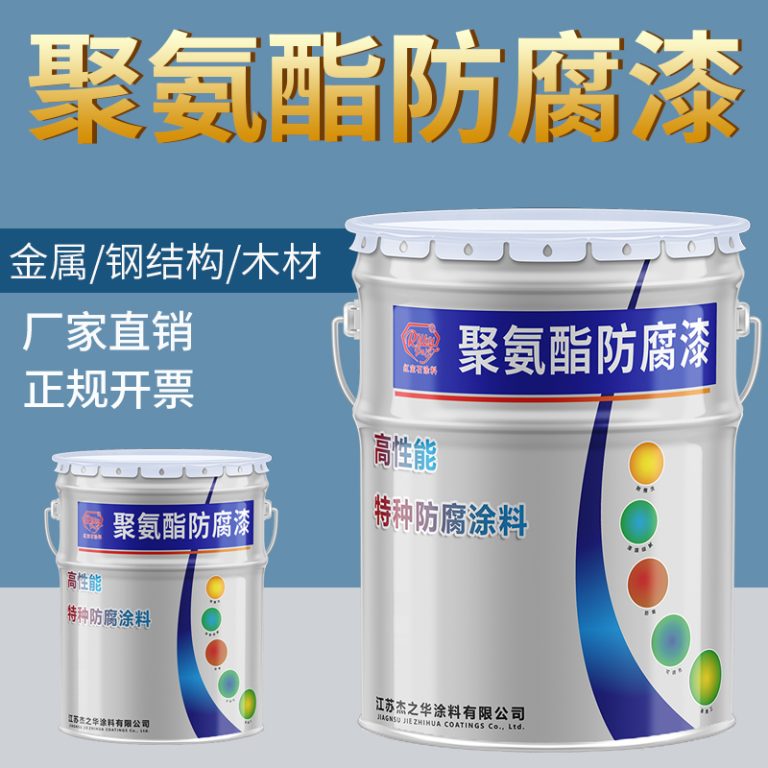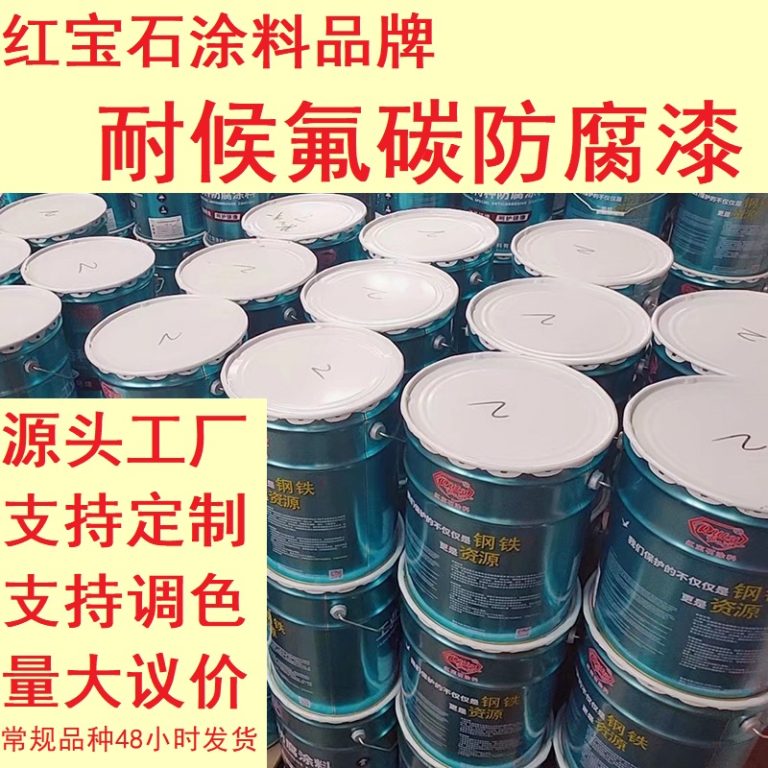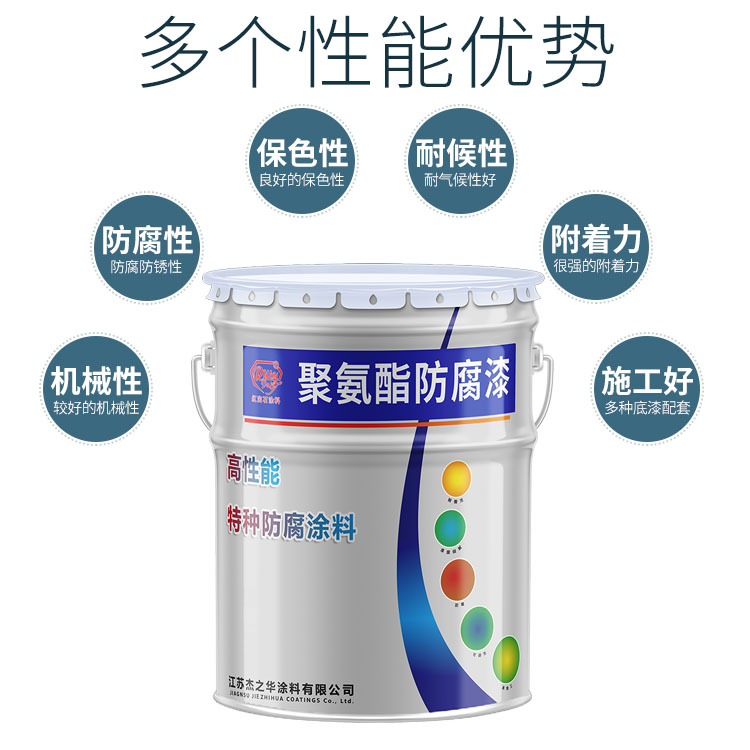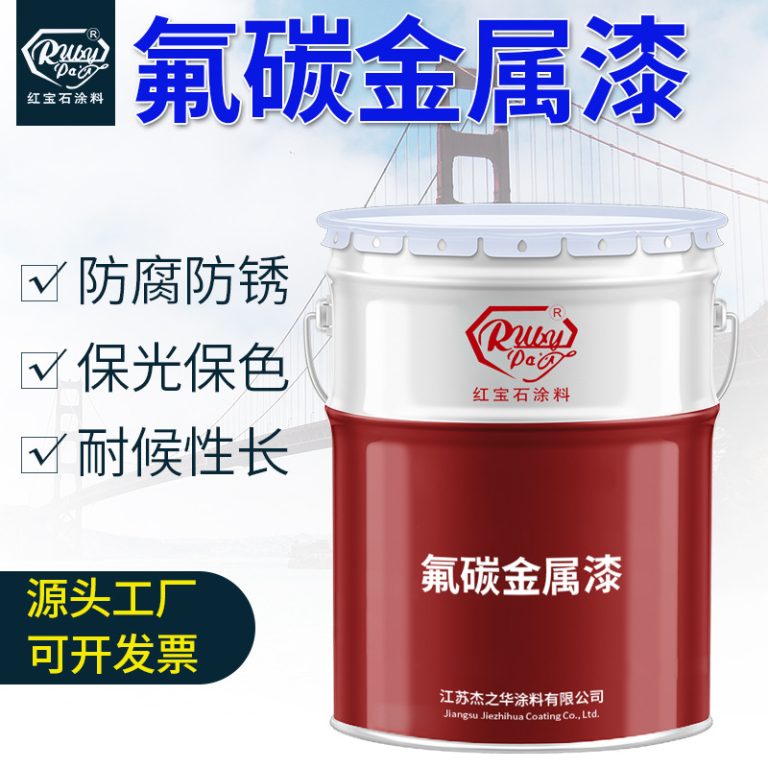Table of Contents
فوائد وتطبيقات طلاء البوليوريا في الطلاءات الصناعية
يعد طلاء البوليوريا تقنية طلاء رائعة اكتسبت قوة جذب كبيرة في القطاع الصناعي بسبب خصائصها الاستثنائية وتطبيقاتها المتنوعة. هذه المادة المتقدمة هي نوع من المطاط الصناعي المشتق من التفاعل بين مكون الإيزوسيانات ومكون مزيج الراتنج الاصطناعي من خلال بلمرة النمو التدريجي. تؤدي هذه العملية إلى طلاء ليس مرنًا فحسب، بل يمتلك أيضًا خصائص فيزيائية فائقة مقارنة بأنظمة الطلاء التقليدية.
إحدى الفوائد الأساسية لطلاء البوليوريا هو وقت المعالجة السريع. على عكس الطلاءات الأخرى التي قد تستغرق ساعات أو حتى أيام للمعالجة الكاملة، يمكن للبوليوريا أن تثبت وتصبح خالية من الالتصاق في غضون ثوانٍ وتشفى بالكامل في غضون دقائق. يؤدي وقت المعالجة السريع هذا إلى تقليل وقت التوقف عن العمل بشكل كبير، مما يسمح بعودة أسرع إلى الخدمة، وهو أمر مفيد بشكل خاص في البيئات الصناعية حيث غالبًا ما يكون الوقت معادلاً للإنتاجية والإيرادات.
| لا. | المنتج |
| 1 | الطلاء الصناعي |
علاوة على ذلك، يشتهر طلاء البوليوريا بمتانته وطول عمره. إنه يظهر مقاومة ممتازة للتآكل، والتآكل، والتعرض للمواد الكيميائية، مما يجعله خيارًا مثاليًا لحماية المعدات والهياكل الصناعية من الظروف القاسية. سواء تم تطبيقه على خطوط الأنابيب أو الخزانات أو الأرضيات، فإن البوليوريا يخلق حاجزًا سلسًا مانعًا للماء يحمي الركيزة بشكل فعال من الرطوبة والمواد الكيميائية والعناصر المسببة للتآكل الأخرى. لا تعمل جودة الحماية هذه على إطالة عمر المواد المطلية فحسب، بل تقلل أيضًا من تكاليف الصيانة بمرور الوقت.
| رقم | اسم المنتج |
| 1 | طلاء تمهيدي بالفلوراكربون |
مقارنة طلاء البوليوريا مع الطلاءات الواقية الأخرى: أيهما أفضل لمشروعك؟
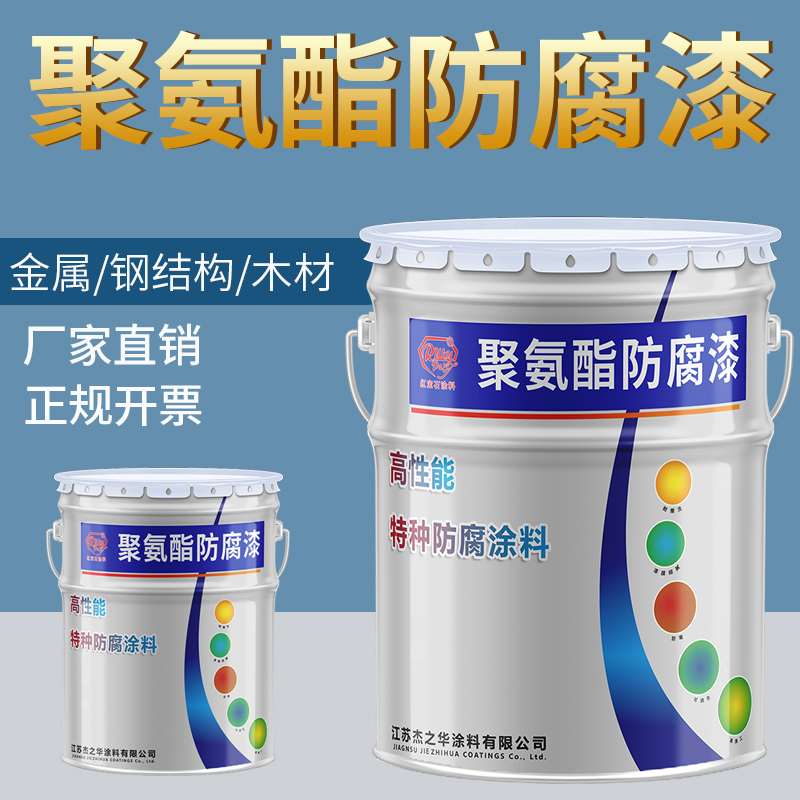
على النقيض من هذه الطلاءات، توفر البوليوريا مزيجًا فريدًا من المعالجة السريعة والمتانة الاستثنائية والمقاومة لمجموعة واسعة من المواد الكيميائية. كما أنه يعمل بشكل جيد تحت درجات الحرارة القصوى ومقاوم للتآكل والتأثير. تجعل هذه الخصائص من البوليوريا خيارًا ممتازًا للتطبيقات الصعبة مثل الاحتواء الثانوي، والعزل المائي، والبطانات الواقية.
علاوة على ذلك، يمتد تنوع البوليوريا إلى طرق تطبيقه. يمكن رشه أو دحرجته أو صقله على مجموعة متنوعة من الركائز، بما في ذلك الخرسانة والمعدن والخشب. تسمح هذه المرونة بتقنيات تطبيق مخصصة بناءً على المتطلبات المحددة للمشروع.
عند اتخاذ قرار بشأن أفضل طلاء وقائي لمشروعك، من الضروري مراعاة عوامل مثل البيئة التي سيتم استخدام الطلاء فيها، والمستوى المتوقع من البلى، وأي تعرضات كيميائية. بالإضافة إلى ذلك، يمكن أن تؤثر سهولة التطبيق ووقت المعالجة بشكل كبير على جداول المشروع وتكاليفه.
إن قدرته على التطبيق بسرعة وفعالية عبر بيئات متنوعة تجعله خيارًا مقنعًا للمشاريع التي تتطلب حماية عالية الأداء. من خلال التقييم الدقيق للاحتياجات المحددة لمشروعك، يمكنك اتخاذ قرار مستنير بشأن ما إذا كان البولي يوريا أو أي طلاء وقائي آخر هو الأفضل لتحقيق نتائج طويلة الأمد.
Comparing Polyurea Paint With Other Protective Coatings: Which Is Best For Your Project?
Polyurea paint is a type of protective coating that has gained popularity in recent years due to its exceptional durability and versatility. It is a two-component system that combines a resin and an isocyanate to form a hard, resilient surface. This coating is known for its fast curing time, often setting within seconds, and reaching full strength within minutes. Polyurea’s rapid curing ability makes it an ideal choice for projects that require a quick turnaround, minimizing downtime and disruption.
When comparing polyurea paint to other protective coatings, such as epoxy, polyurethane, and acrylic, several factors come into play. Each of these coatings has its own set of advantages and limitations, making it crucial to evaluate the specific requirements of your project to determine which coating is best suited for your needs.
Epoxy coatings are widely used for their strong adhesion and chemical resistance. They are commonly applied on concrete floors in industrial and commercial settings. However, epoxies can be susceptible to UV degradation, leading to discoloration and loss of gloss over time. Additionally, epoxy coatings typically require a longer curing time compared to polyurea, which can extend project timelines.
Polyurethane coatings, on the other hand, offer excellent flexibility and impact resistance. They are often used in environments where thermal expansion and contraction are concerns. Polyurethanes also provide good UV resistance, making them suitable for outdoor applications. However, they generally do not have the same level of chemical resistance as epoxies or polyurea, which can be a drawback in certain industrial environments.
Acrylic coatings are another option, known for their cost-effectiveness and ease of application. They provide good color retention and UV resistance, making them popular for decorative finishes. However, acrylics are not as durable as the other coatings mentioned and may not be suitable for high-traffic areas or surfaces exposed to harsh chemicals.
In contrast to these coatings, polyurea offers a unique combination of rapid curing, exceptional durability, and resistance to a wide range of chemicals. It also performs well under extreme temperatures and is resistant to abrasion and impact. These properties make polyurea an excellent choice for demanding applications such as secondary containment, waterproofing, and protective linings.
Furthermore, polyurea’s versatility extends to its application methods. It can be sprayed, rolled, or brushed onto a variety of substrates, including concrete, metal, and wood. This flexibility allows for tailored application techniques based on the specific requirements of the project.
When deciding on the best protective coating for your project, it is essential to consider factors such as the environment in which the coating will be used, the expected level of wear and tear, and any chemical exposures. Additionally, the ease of application and curing time can significantly impact project schedules and costs.
In conclusion, while each type of protective coating has its merits, polyurea paint stands out for its rapid curing, robust durability, and chemical resistance. Its ability to be applied quickly and effectively across diverse environments makes it a compelling choice for projects that demand high-performance protection. By carefully assessing the specific needs of your project, you can make an informed decision on whether polyurea or another protective coating is the best fit for achieving long-lasting results.

